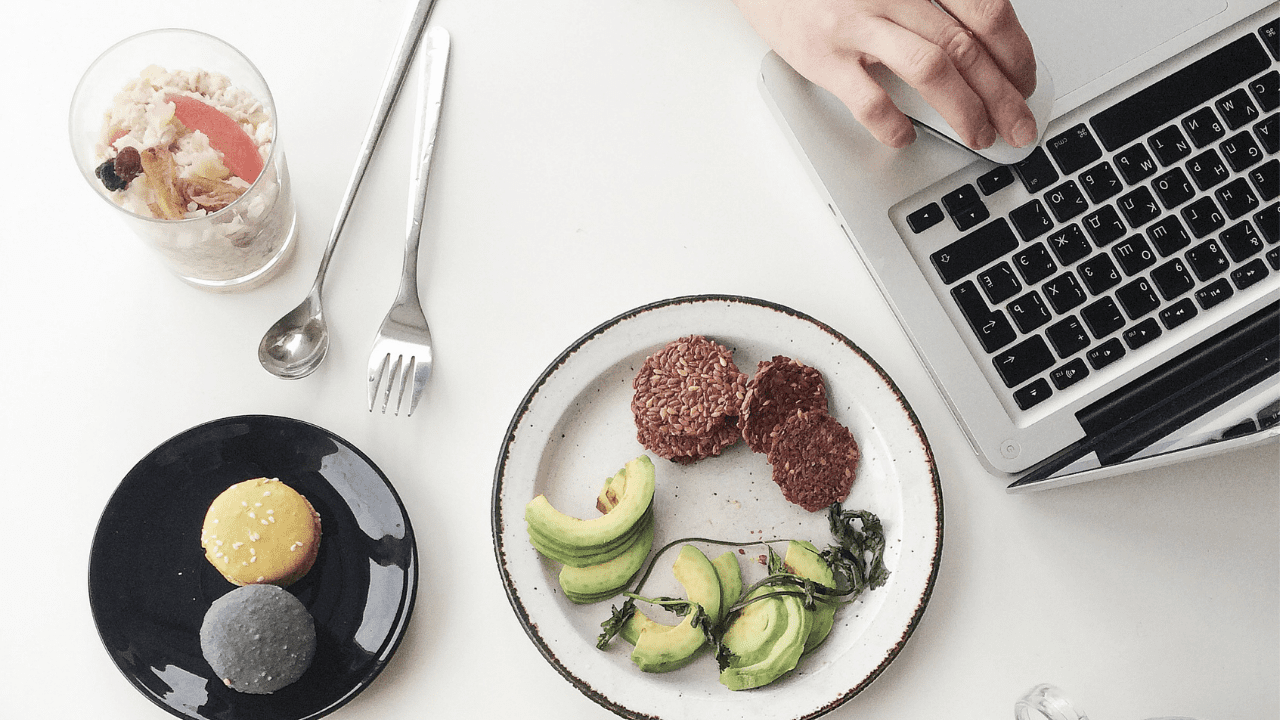
Millennials and Gen Z, in particular, are fond of healthier and more sustainable food sources, and for a daunting reason – in 2014, one in eight of the world’s adults were classified as obese. Such numbers give goosebumps even to the least interested of us, especially when the situation could continually worsen. Preserving unhealthy nutritional trends will likely result in an 18% global obesity prevalence in men and surpass 21% in women, while severe obesity will surpass 6% in men and 9% in women.
With such formidable prospects ahead, a healthy nutrition plan becomes even more of a responsibility, not just for us but also for future generations. And no, the answer does not lie far away; each culture is rich with healthy recipes that will satisfy one’s hunger without being a burden to the body.
However, knowing how to choose the right foods is not enough; being healthy is about adapting yourself wholeheartedly, in diet, behavior, and mindset, to achieve this long-term goal. To crayon the path that leads to a healthier lifestyle, it might pay to take a sneak peek in different cultures and learn how they keep the doctor away! Let’s find out!
Tradition, Balance, and Cultural Shifts – Food Habits around the World
There is an immense amount of material on nutrition stacked on the Internet. As you are sifting through it, you might righteously raise some questions, such as, “Why do the Finnish consume fish by-weekly?” or “Why do the French recommend five portions of fruit and vegetables daily?” Numerous pieces of advice, not enough explanations, we believe. To understand a well-rounded diet, one must journey through its culture, trace, and immerse oneself in its origins.
Step one, tradition. As we travel to the exotic land of India, we learn how “eating traditional, ancestral recipes” is the key to a well-rounded meal. Following in their ancestors’ teaching, Indian folk can put together a simple yet scrumptious plate without obsessing over a specific nutrient; millet flatbread, cottage cheese, veggies, and Indian curry make the perfect list for a mouth-watering meal.
Step two, balance. The body knows what it wants and how to ask for it. So whenever you feel a craving, your body signals towards an unattended aspect of an otherwise well-rounded diet. Consequently, the people from Ghana have become masters of balanced meals – carbohydrates (rice, yam, plantain, or cassava), protein (fish, beef, or chicken), and a salad scream “rich, tasty meal.”
Step three, improvement. Nothing ruins an appetite more than the culture of guilt, a true obsession over what we should or should not eat. Instead of planning every meal to the letter, we believe that healthier food choices will liberate us from this unwarranted feeling and allow people to enjoy a gorgeous table without remorse. The perfect example comes from Canada, whose society currently experiences a cultural shift towards vegetarianism and veganism. Healthy ingredients, such as quinoa, rice, veggies, tofu, and eggs, are enough for a well-rounded meal that will ensure your peace of mind.
Not just Eating Healthier, but Being Healthier
As we mentioned earlier, eating healthy is only half the journey; a healthy diet must convene with a healthier state of mind to become a reality. This equation opens up a new world of cultural quirks that deserve a safe spot in our lives.
One of the chief obesity causes resides in a chronic lack of exercise; many of us would rather be couch potatoes than dedicate our afternoons to a sport. However, that is not Iceland’s case, the country that “doesn’t take swimming for a joke.” Aside from the obvious cardiovascular and full-body benefits, pools promote a strong sense of solidarity, unthinkably essential for a well-working society.
On the same topic, us Americans are accustomed to knocking out shopping lists with one go. On the other hand, Germany proposes a different approach – different shops for different items within walking distance. Therefore, the country’s setup calls for constant walking, a helpful indirect way to keep one’s weight in check.
Not only do we eat more than necessary, but we also wolf down meal after meal. Although the Information Age’s keyword is speed, not the same applies to eating habits, where fast eaters are not the heroes. The French thoroughly understood the necessity of “eating mindfully” while savoring each bite without the rush. Excluding the abundant inherent feeling of satisfaction, slow eating prevents type 2 diabetes, helps with weight management in overweight pre-teens, decreases excessive snacking and overeating at restaurants, and helps people stay lean. In short, slow meals are less stressful meals.
More healthy bits of advice await across the ocean, this time, from the United Kingdom, where people embedded home cooking into their culture. Various studies show that almost 80% of the U.K. citizens cook anywhere from every day to once or twice per week, with the majority busying themselves in the kitchen daily. Furthermore, not only do they cook more often, but they also travel more often to the grocery store in search of fresh, unprocessed foods. Talk about a way to cut down on overeating takeout food or at restaurants!
Conclusion
Health, diet, and peace of mind are all intertwined, which is why we hope that today’s read will encourage you to experience a healthy lifestyle holistically, starting from what and heading towards how and why we eat. We wish you a scrumptious, well-rounded, healthy meal!
BIBLIOGRAPHY:
- https://health.usnews.com/wellness/slideshows/heres-how-people-in-8-other-countries-stay-healthy
- https://www.weforum.org/agenda/2016/05/what-do-healthy-eating-guidelines-look-like-around-the-world/
- https://www.wellandgood.com/healthy-international-food/
- https://www.weforum.org/agenda/2016/04/is-the-world-getting-dangerously-fatter/
- https://thelancet.com/journals/lancet/article/PIIS0140-6736(16)30054-X/fulltext?rss=yes
- https://www.statista.com/statistics/1085401/cooking-habits-in-the-uk/
- https://pubmed.ncbi.nlm.nih.gov/25848315/
- https://health.usnews.com/health-news/blogs/eat-run/2012/09/14/5-surprising-benefits-of-mindful-eating





0 Comments